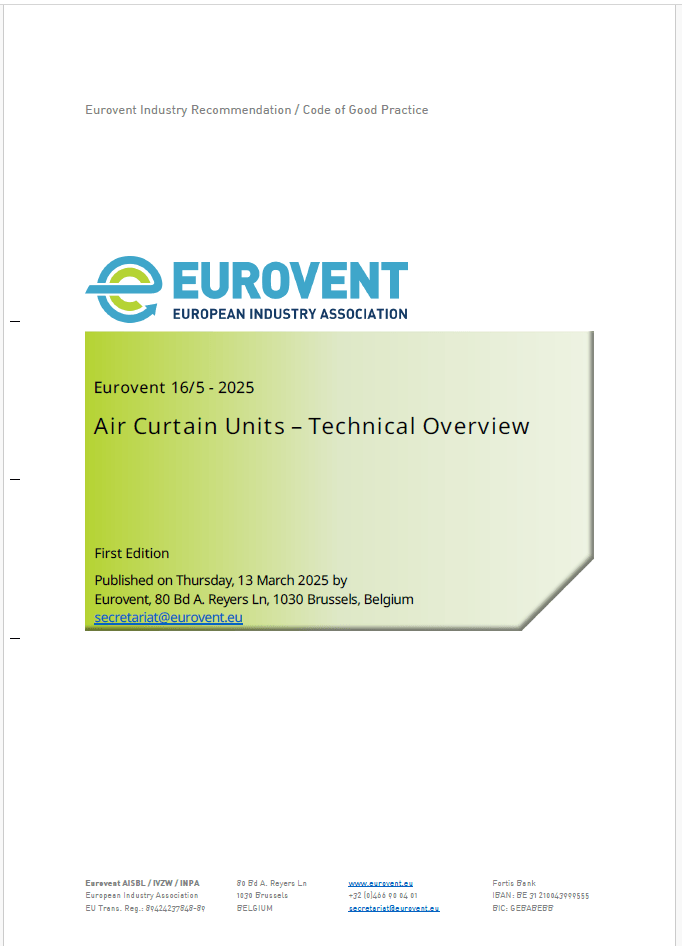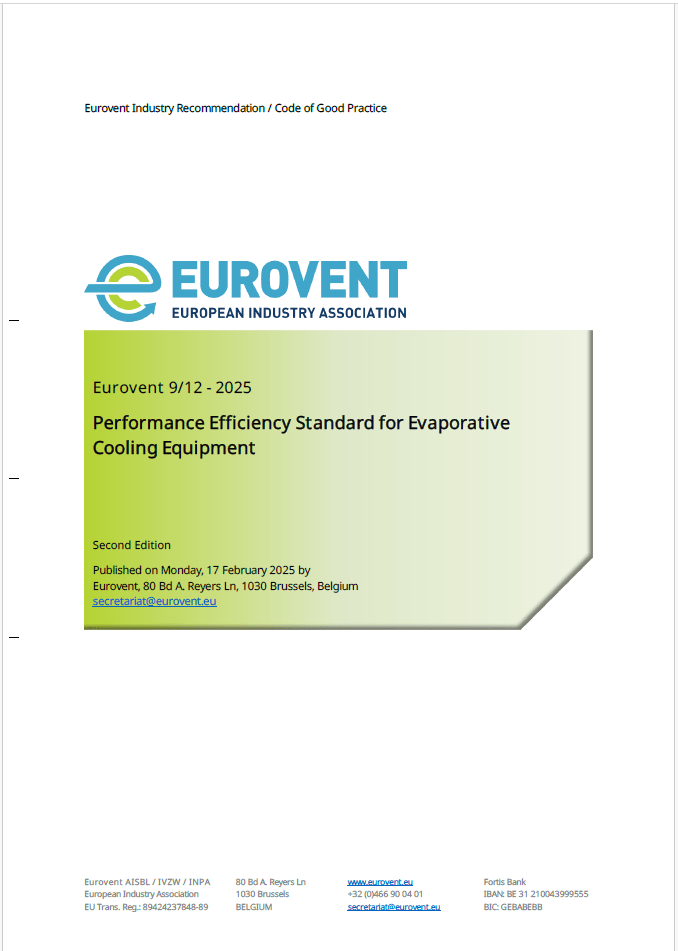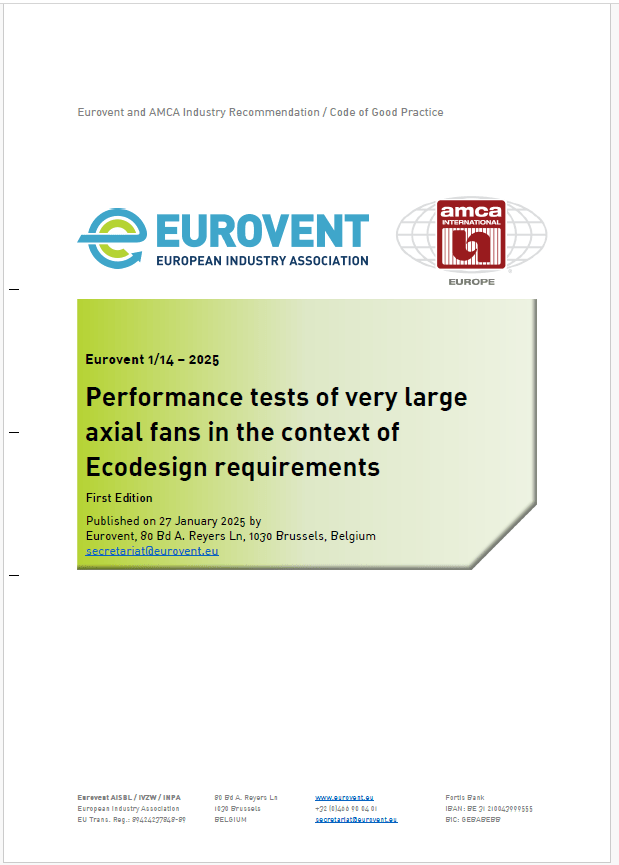Owing to COVIDeurovent-market-intelligence/news/eurovent-market-intelligence/-19, Indoor Air Quality (IAQ) is now a hot topic all around the industry. The discussion, however, seems to be stagnating. Markus Lattner, Managing Director of Eurovent Middle East shares his opinion on this matter.
The first issue we face when discussing Indoor Air Quality (IAQ), is that we do not exactly know what we are talking about. The multitude of contaminants found dispersed in the air, along with their often-disputed thresholds of what is considered harmful, makes it hard to find common grounds among stakeholders when defining IAQ parameters, resulting in quite a range of differing standards and recommendations, as well as testing and monitoring methods.
The second issue, and by far the most important one, is that IAQ is invisible. Neither good, nor bad air quality is – in normal circumstances – recognisable by people without the help of technical equipment. Thus, expecting behavioral change from any side, be it building operators or occupants is rather daring. While occupants are usually entirely excluded from any direct intervention, it can be assumed that only few operators are sufficiently aware of the impact of air exchange, occupancy rate, air filtration and fresh air intake.
The pandemic has put an unimaginably expensive price tag on this shortcoming, by rendering many venues unusable or unsafe during the outbreak, leaving occupants, people, as well as businesses without the opportunity to intervene. The call for quick and simple solutions is understandable but negates the underlying problem: the demand for high efficiency ventilation and air filtration systems. Room air purifiers may offer a comfortable workaround in certain conditions, but they certainly do not solve the real problems.
The third major issue in dealing with IAQ lies in accountability – or lack thereof. Who is to blame if indoor environments are contaminated with potentially harmful substances? The owner? The operator? The designer? The occupant? There are too many variables and stakeholders involved to come up with a simple answer. It is time to rethink our approach to Indoor Air Quality.
We need to find ways to make IAQ visible. This can be done by issuing IAQ building certificates, constant monitoring and displaying of air parameters, and by providing occupants direct intervention opportunities. Imagine if people could make the connection between their subjective well-being and the surrounding air quality. It would definitely change price calculations for buildings and offices, possibly making investments in excellent ventilation systems even lucrative.
The industry could spearhead such developments. Air quality testing and monitoring systems need to become a standard component of ventilation systems. We have temperature controllers in most of the rooms, why not also add IAQ parameters or monitor them in the ducts? The next technological leap I believe we will see are ventilation systems which automatically react to the indoor air parameters and adjust fresh air intake, air exchanges and possibly, even air filtration efficiencies, based on real time data. This would be a proactive approach by the industry satisfying a demand, which without doubt will grow considerably in the years to come.




















